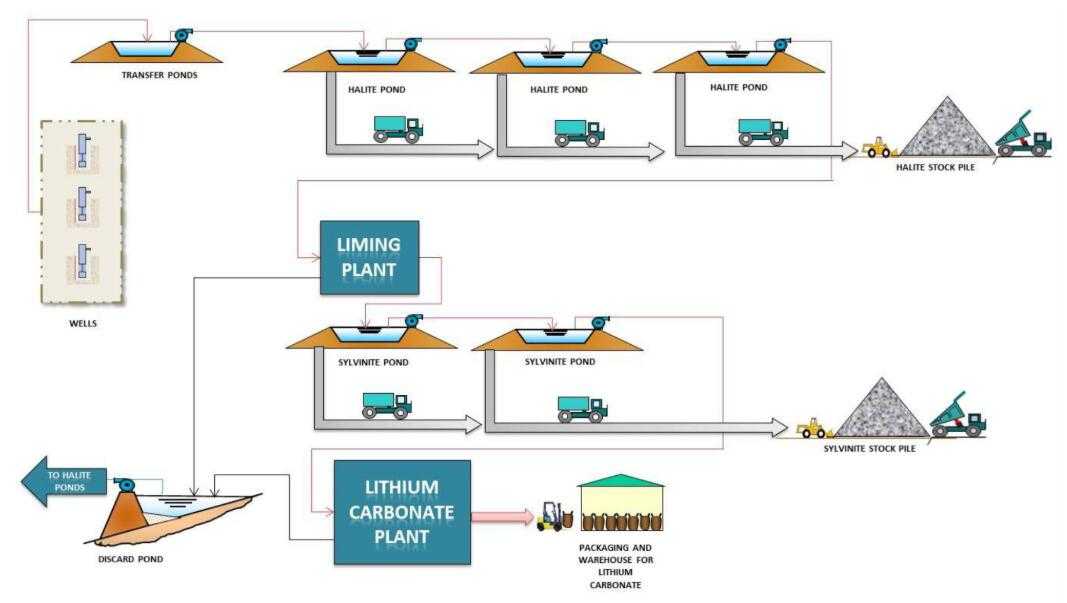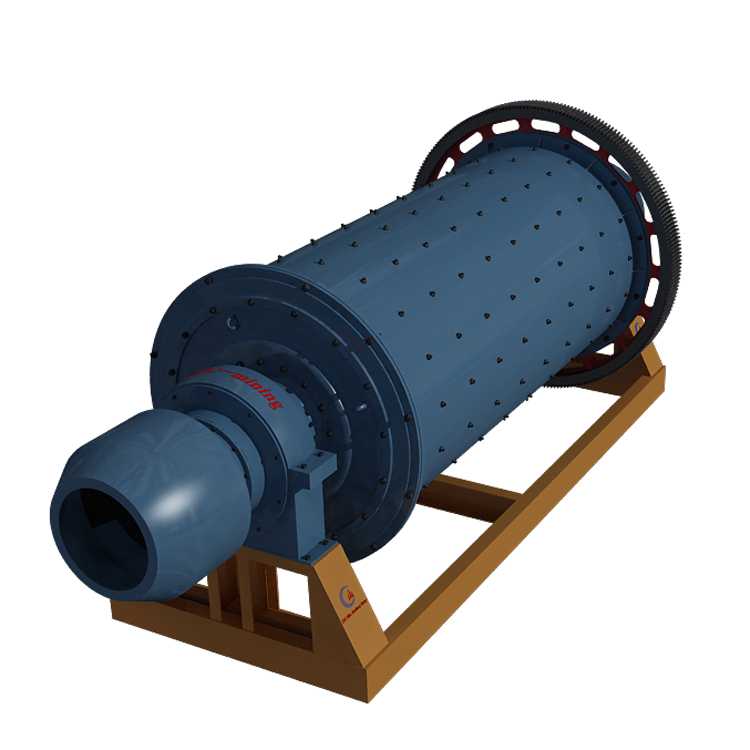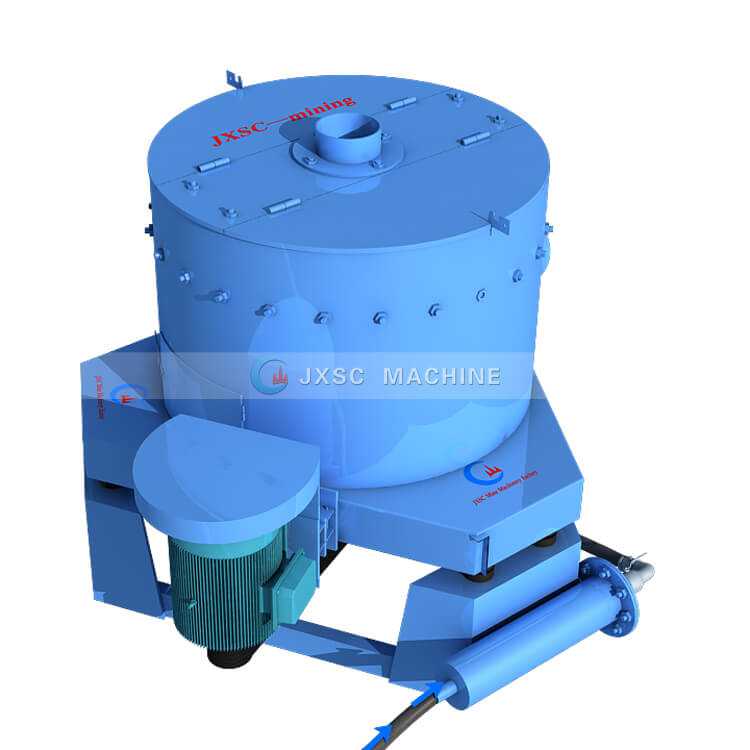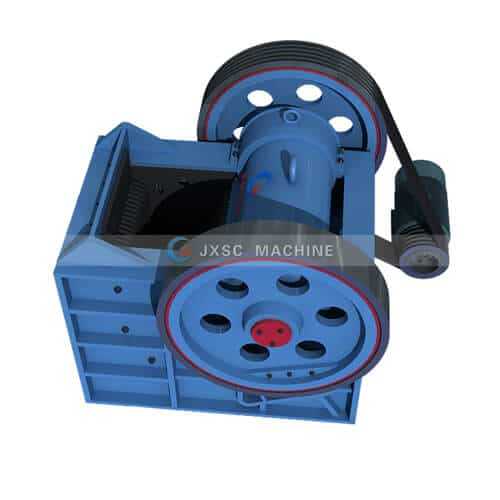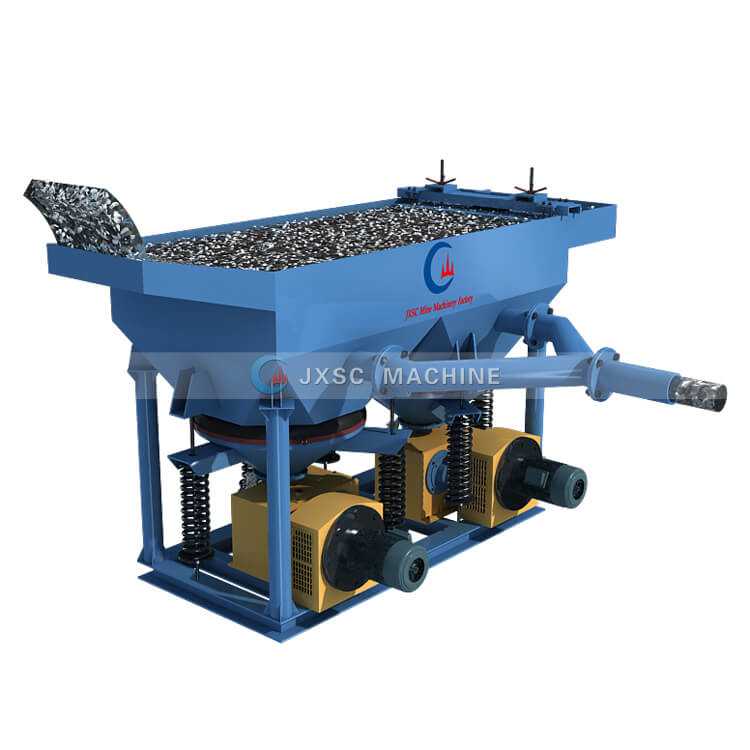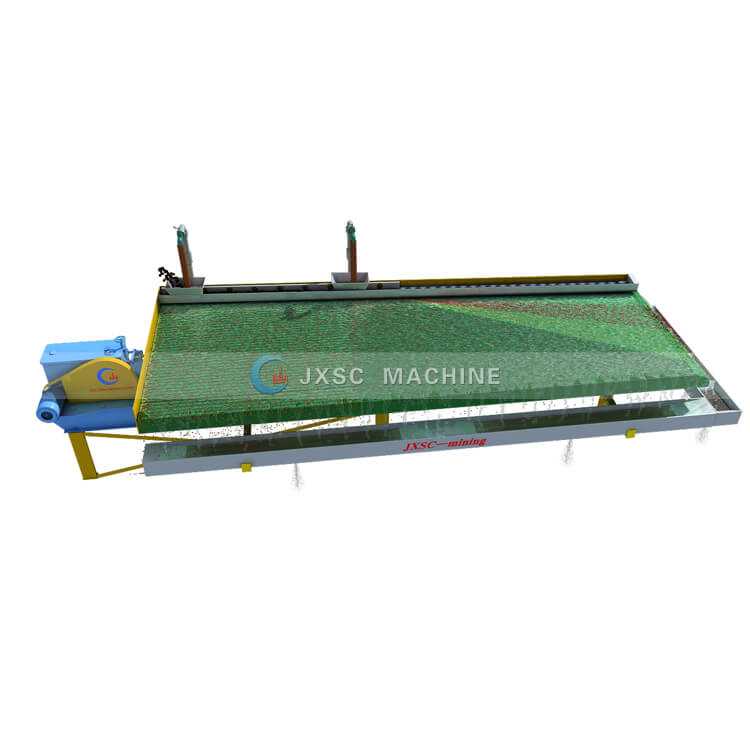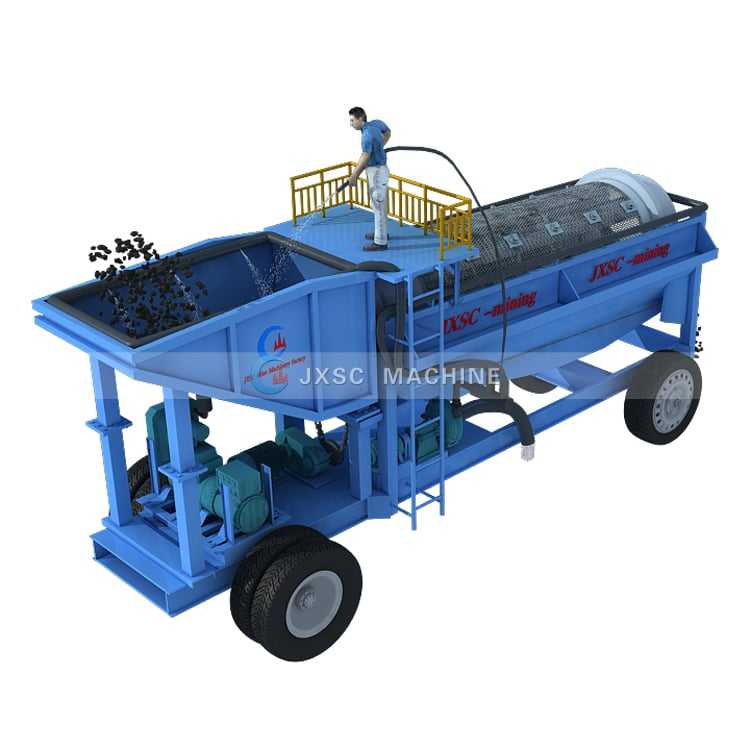Lithium Mining
What is Lithium
Lithium is an element valuable for the production of glass, aluminum products, and batteries. It is mined from ores of petalite (LiAl(Si2O5)2, lepidolite K(Li,Al)3(Al,Si,Rb)4O10(F,OH)2, spodumene LiAl(SiO3)2 and also subsurface brines. Australia and Chile are the world’s largest producers of lithium.
Lithium Mining
Lithium was first discovered in the mineral petalite. Lepidolite and spodumene are other common minerals which contain lithium. Commercial quantities of these three minerals are in a special igneous rock deposit that geologists call pegmatite. In pegmatites, magma cools so slowly that crystals have time to grow very large. Because lepidolite is a type of mica, its crystals grow into long thin sheets.
Lithium resources are detailed in the USGS Mineral Commodities Summaries.
Mining for Lithium:
Lithium is often recovered from brine, or water with a high concentration of lithium carbonate. Subsurface brines trapped in the Earth’s crust are a major source material for lithium carbonate. These sources are less expensive to mine than from rock such as spodumene, petalite, and other lithium-bearing minerals.
Brine production of lithium begins by first pumping the brine into evaporative ponds. Over 12 to 18 months, concentration of the brine increases to 6,000 ppm Li through solar evaporation. When the lithium chloride reaches optimum concentration, the liquid is pumped to a recovery plant and treated with soda ash, precipitating lithium carbonate, which is then filtrated, dried, and shipped.
Lithium Uses
Lithium compounds are used in ceramics and glass, in primary aluminum production, in the manufacture of lubricants and greases, rocket propellants, vitamin A synthesis, silver solders, underwater buoyancy devices, and increasingly in batteries.
Lithium batteries are proving to be an effective and affordable alternative to traditional batteries, and also in new battery applications. More than 50% of lithium mined is used in batteries. This use has recently increased rapidly spurring an increase in lithium mining to provide the lithium for batteries.
Lithium is mixed with other light metals such as aluminum and magnesium to form strong, light-weight alloys (an alloy is a mixture of metals).
Some lithium, in the form of lithium carbonate or lithium citrate, is used as medicine to treat gout (an inflammation of joints) and to treat serious mental illness.
Lithium Mining Process
Lithium is historically known to be produced from two sources: brines and hard rock mining. Lithium produced from brines is a cost-efficient process. Also, Lithium is processed from brine, spodumene, and clay. Salar brines are underground reservoirs that contain high concentrations of dissolved salts, such as lithium, potassium, and sodium. They are found below the surface of dried lakebeds, known as salars.
These brines containing lithium are derived entirely from the leaching of volcanic rocks. They range from highly concentrated lithium deposits in the high altitude salars of Chile, Argentina, Bolivia, Tibet and China where lithium concentrations are found to be really high; to mid-level brines like Silver Peak, Nevada and Searles Lake, California, to lower concentration brines like the Great Salt Lake, Utah. The brines with lower concentration have modest evaporation rates with constant dilution containing lithium in less concentration.
The effectiveness of producing lithium carbonate from salt brines is quite a significant task and compared to hard rock mining is less time consuming and favourable. Lithium brines are currently the only lithium source that support mining to have a not so tedious process.
Certain reports reveal to find that lithium recovery from brines may lead to a significant carbon footprint reduction because of a nearly zero-waste mining method.
Decades ago, commercial lithium production depended on mineral ore sources such as spodumene, petalite, and lepidolite. But today, lithium extraction from such sources is crucially more exhausting than extracting the metal from brines. Also the cost of lithium produced from hard rock mining is double than that of what is extracted from brines containing the metal.
JXSC Mining Processing
---Diamond Processing Plant---
8TPH Diamond Mining Process in Angola
18TPH Alluvial Gold & Diamond Mining Process in Angola
50TPH Alluvial Diamond Mining Process in Central African
50TPH Diamond Extraction Process Flow Chart
60TPH Alluvial Diamond Extraction Process in Venezuela
75TPH Diamond Dense Medium Separation Process in Congo
---Chrome Processing Plant---
1.2TPH Chromite Ore Beneficiation Process Flow
15TPH Chrome Ore Beneficiation Process in Ukraine
24TPH Chrome Ore Processing Plant in South Africa
25TPH Chromite Ore Concentrating Plant in South Africa
50TPH Chromite Ore Beneficiation Process in South Africa ---Silica Processing Plant---
50TPH Silica Sand Processing Plant in Indonesia
65TPH Silica Sand Washing Plant in Malaysia
100TPH Silica Sand Processing & Washing Plant in Malaysia
20TPH Beach Sand Mining Plant in India
100TPH Beach Sand Zircon Mining Plant in Sierra Leone
---Coltan Processing Plant---
10TPH Coltan Ore Mining Plant in Liberia
10TPH Alluvial Coltan Process Plant In Mozambique
20TPH Tantalum Niobium Mining Plant in Uganda
25TPH Tantalite Mining Plant in Burundi
100TPH Alluvial Coltan Processing Plant in Nigeria
100TPH Tantalite Ore Processing Plant in Sierra Leone
150TPH Coltan Ore Processing Plant in Ghana
---Lead, zinc, iron, manganese, etc---
15TPH Tailings Lead & Barite Extraction Plant in Iran
30TPH Rock Lead Zinc Process Plant in Morocco
200TPH Rock Manganese Mining Plant in Zambia
150TPH Iron Ore Processing Plant in Malaysia
8TPH Gold & Tin Extraction Process in Zimbabwe
10TPH Tin Ore Slag Beneficiation Processing Plant in Malaysia
50TPH Alluvial Tin Ore Mining Plant in Nigeria
3TPH Barite Beneficiation Process Plant in Morocco ---Gold Washing Plant---
0.5TPH Portable Hard Rock Gold Processing Plant in Sudan
0.5TPH Small Rock Gold Processing Plant In Sudan
1T/H Rock Gold Processing Plant In India
2TPH Quartzite Gold Wash Plant In Africa
2TPH Small Scale Rock Gold Processing Plant In Congo
4TPH Gold Ore Processing Plant In Zimbabwe
5T/H Rock Gold Processing Plant In Tanzania
5TPH Quartz Rock Gold Mining Process in Nigeria
10TPH Alluvial Coltan Process Plant In Mozambique
10TPH Copper Mining Process Plant In Zambia
10TPH Sulfide Gold Processing Plant In Ghana
20TPH Rock Contain Gold Mining Process in Zimbabwe 20TPH Alluvial Gold & Hard Rock Gold Processing Plant in Madagascar
30TPH Placer Gold & Rock Gold Wash Plant in Zambia
50TPH Gold Washing Plant In Uzbekistan
50TPH Alluvial Gold Mining Process In Ghana
50TPH Alluvial Gold Washing Plant In Sierra Leone
60TPH Wheel Mobile Gold Processing Plant In Mali 60TPH Gold Processing Plant In Russia
60TPH Mobile Alluvial Gold Wash Plant In Ghana
60TPH Small Portable Gold Wash Plant in Mali
75TPH Hard Rock Gold Mining Plant in Sudan
100TPH Clay Alluvial Gold Washing Plant In Ghana
100TPH Alluvial Gold & Diamond Processing Plant in Congo
100TPH Rock Copper & Cobalt Ore Process Plant In Congo
100TPH Tailings Copper & Zinc Process Plant In Kyrgyzstan
100TPH Gold Tailings Processing Plant In Uganda
100TPH Placer Gold Processing Plant In Kyrgyzstan
100TPH Alluvial Deposit Gold Processing Plant In Ghana
100TPH Alluvial Gold Wash Plant In Suriname
100TPH Alluvial Rock Gold Washing Plant In Mozambique 167THP Crusher Plant and 42TPH Rock Gold Processing Plant In Zimbabwe
200TPH Alluvial Gold Wash Plant In Ghana


